NetZoom® is packed with ready to use power tools to customize and extend its functionality.
- Entity Manager
- Form Builder
- Reports and Chart Builder
- Workflow Designer
- Document Management System
The NetZoom SDK is available for those Power users who are ready to take NetZoom beyond its developers.
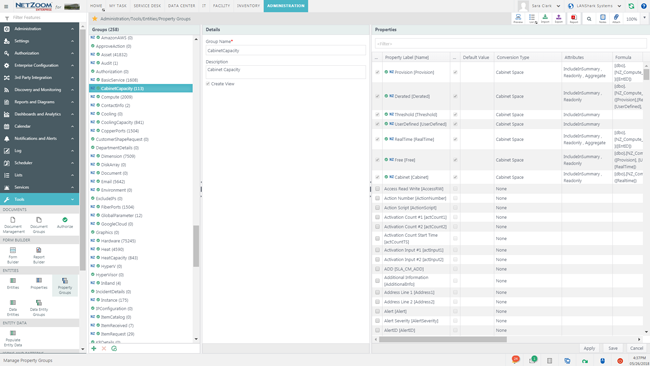
Entity Manager
Entity Manager, a CI manager for CMDB users, is where users can Create, Customize, Manage and Visualize data stores or Entities (Tables) and establish the relationships required for the user’s implementation of the DCIM. NetZoom comes with prepopulated entities for popular Data center infrastructure. All Entities can be extended as needed.
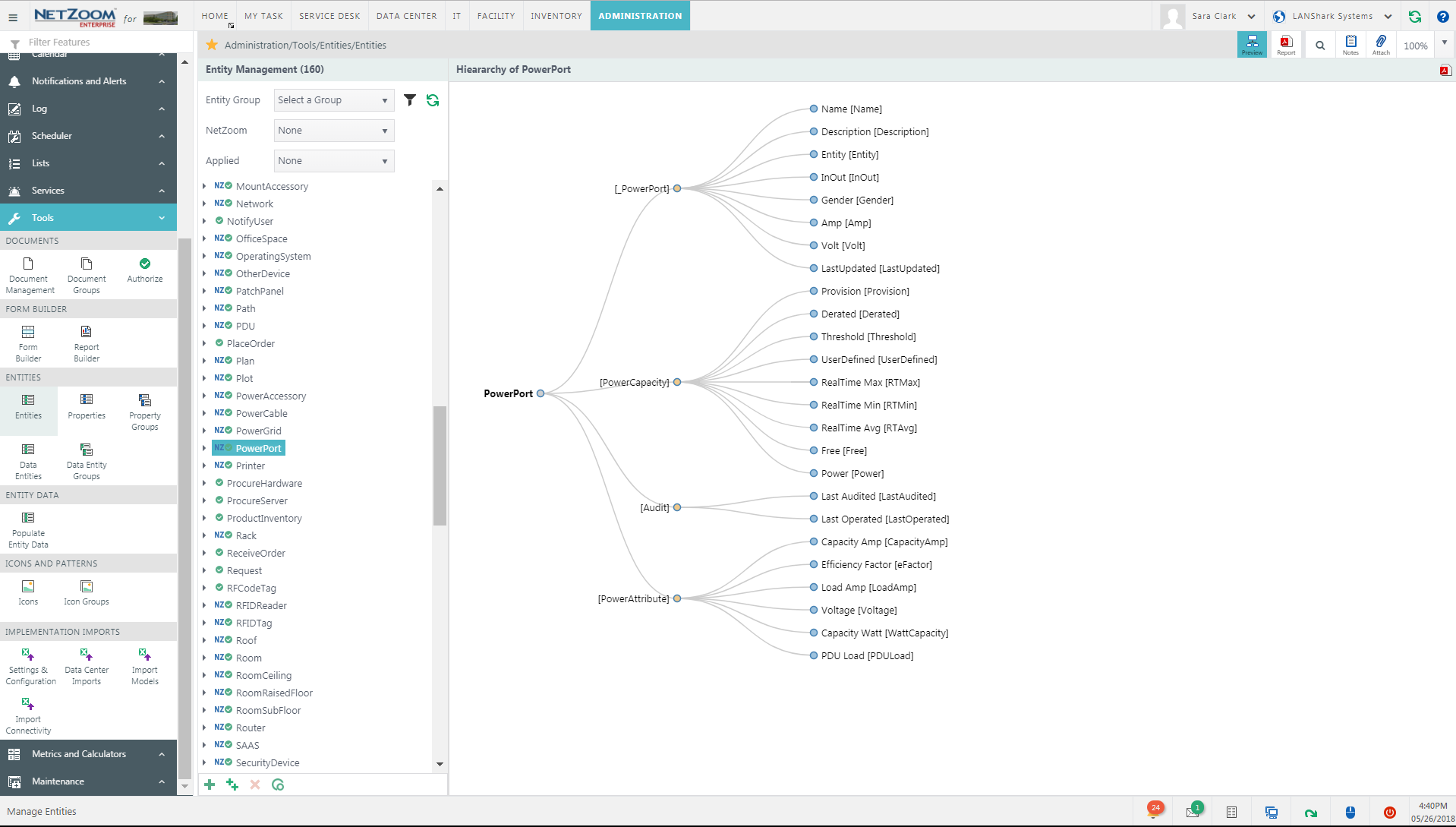
Entity Relationships
Create, Edit, Manage and Visualize Entity relationships.
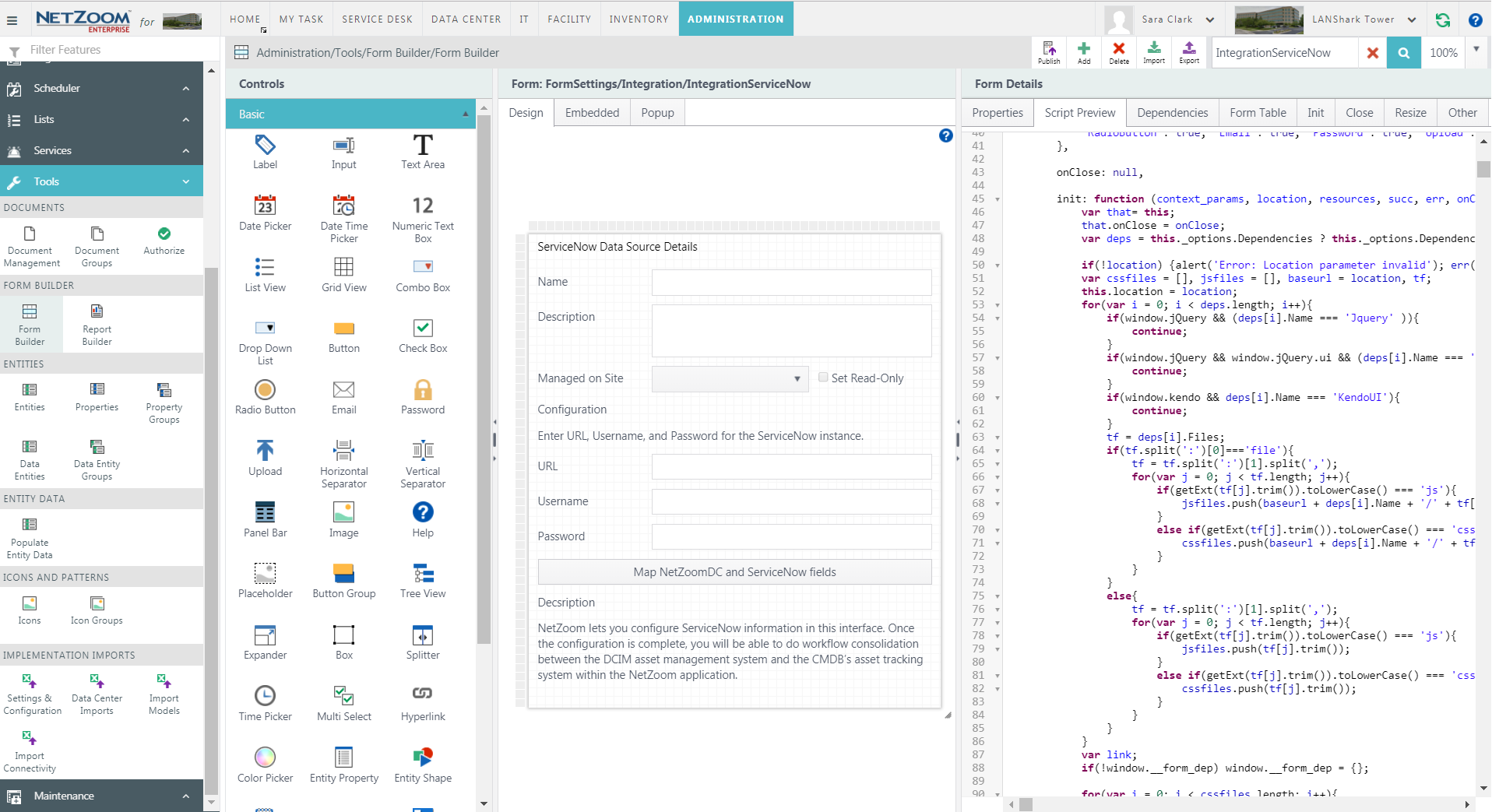
Form Builder
Powerful Visual development Studio integrated for Power users to further extend and customize user interface and features to incorporate unique functionality to their environment.
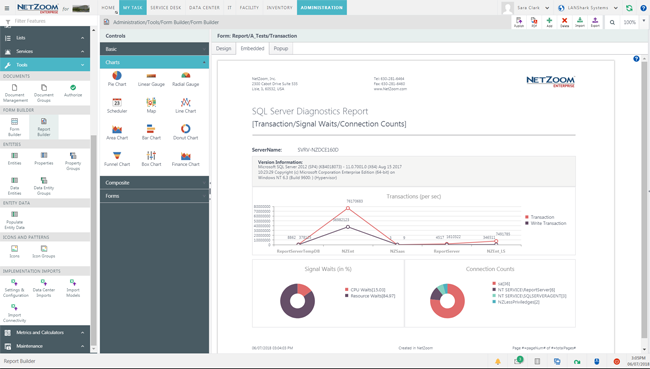
Reports Builder and Chart Builder
Use the Visual Report Builder to create and customize Report, Chart and Dashboard templates to meet user requirements.
NetZoom is packed with dozens of ready to use templates.
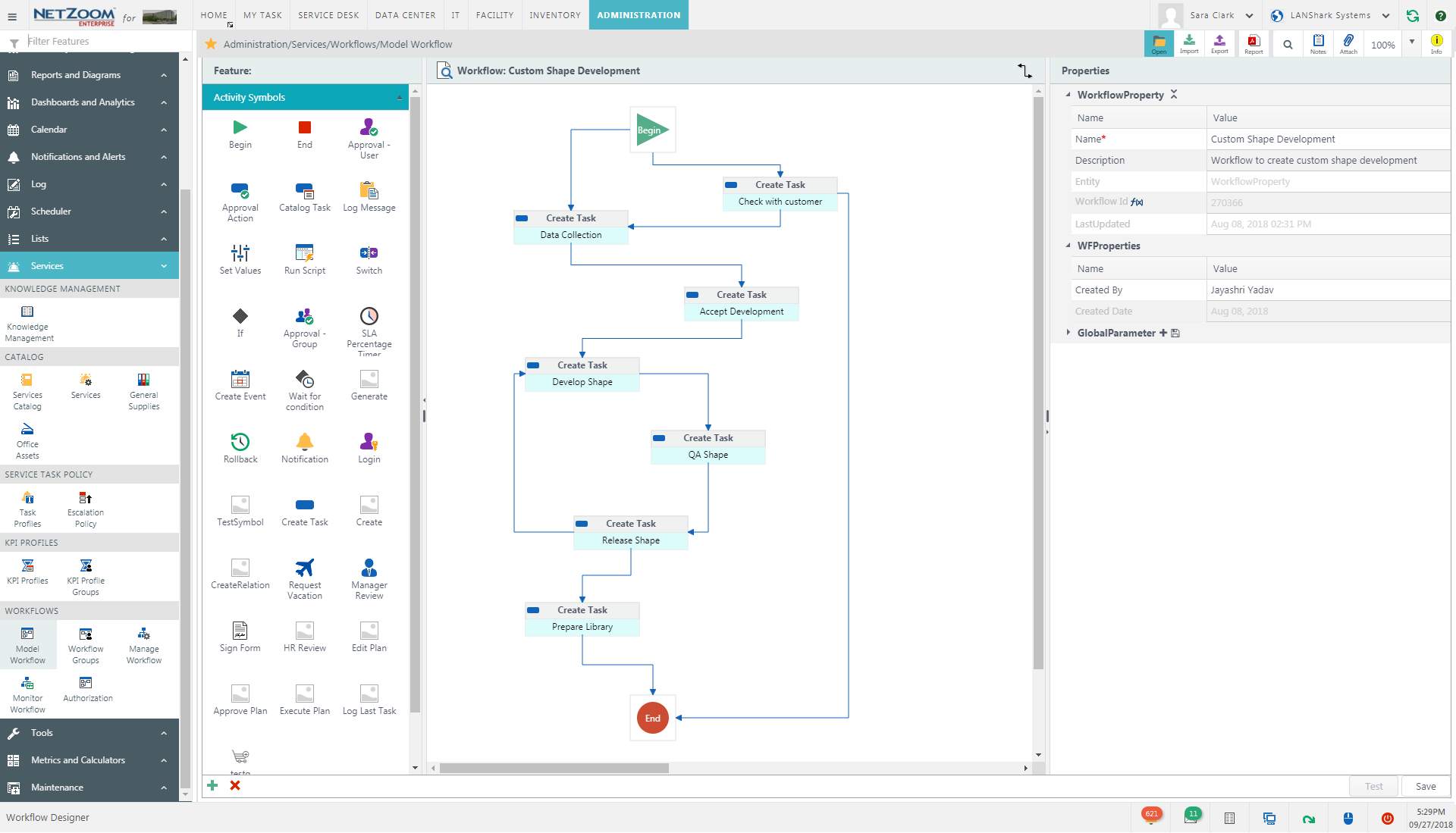
Workflow Designer
The Workflow Designer tool is an integral part of NetZoom. The Workflow Designer helps users design new Service Workflows, customize workflows, create new tasks, authorize tasks and define the escalation policy to meet goals defined by the SLA requirement.
Document Management System
NetZoom integrated document management with advanced search capabilities and secured access offers centralize management of all data center documents.
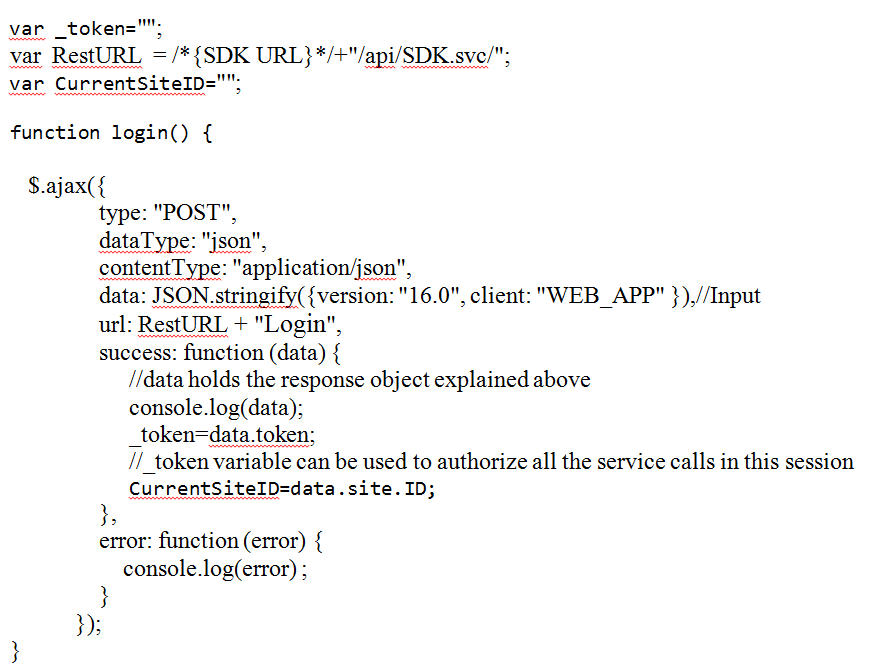
SDK packed with REST API
Create your own Test Client application using NetZoom SDK. NetZoom exposes most of its functionality thru a set of NetZoom REST API. The REST API allows users to securely connect using their account to access NetZoom data and functionality authorized to the account. HTTP requests to the REST API are protected with HTTP Basic authentication.
